Tyrosine Kinase
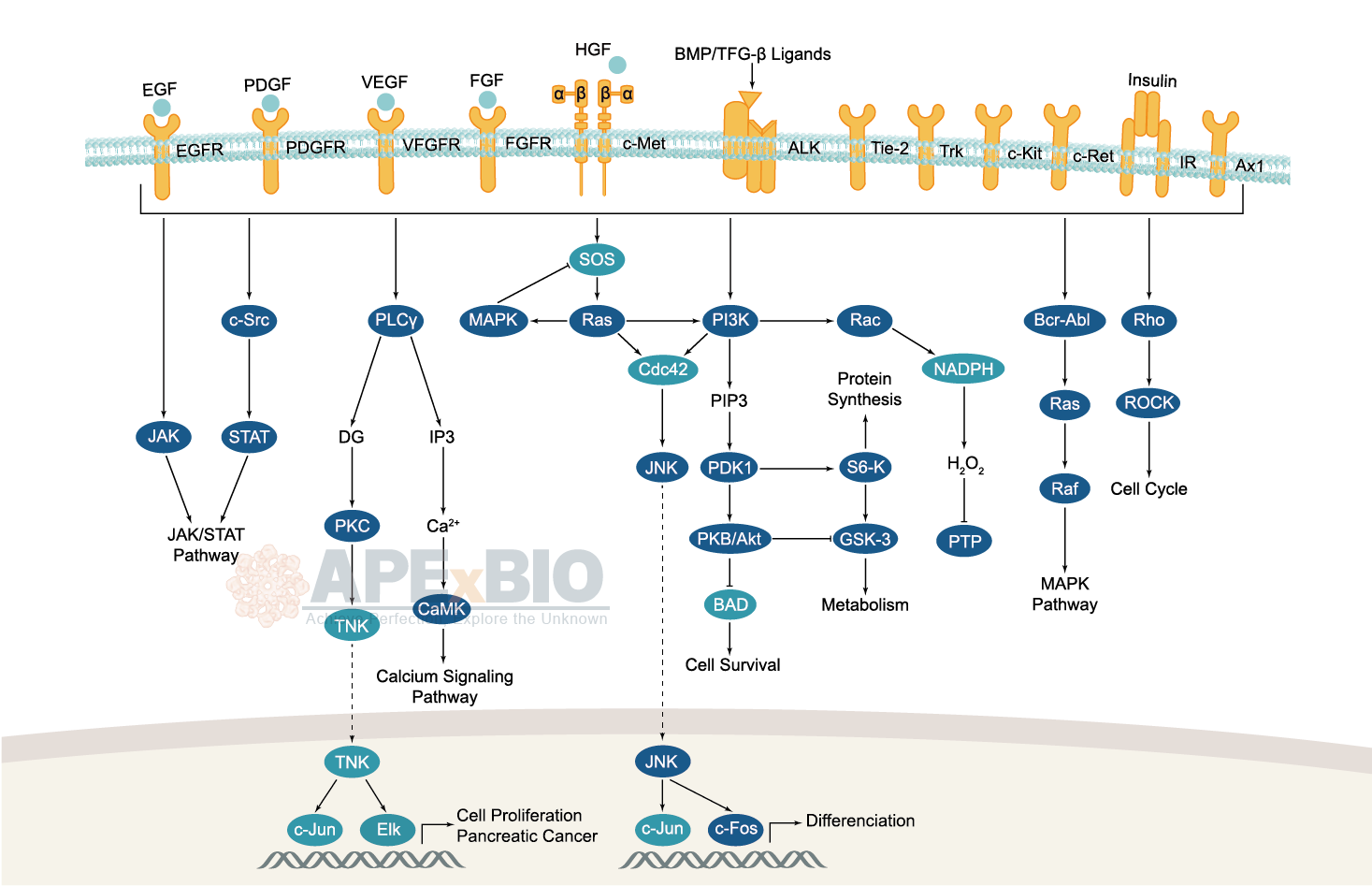
Receptor tyrosine kinases bind to extracellular ligands/growth factors, which promotes receptor dimerization and autophosphorylation of receptor tyrosine residues. This triggers a cascade of downstream events through phosphorylation of intracellular proteins that ultimately transduce the extracellular signal to the nucleus, causing changes in gene expression. Receptor tyrosine kinases include EGFR/ErbB, PDGFR, VEGFR, FGFR and MET subfamilies etc. Dysfunctions in tyrosine phosphorylation are linked to oncogenic transformation. In additions, various adaptor and effector proteins couple to carboxy-terminal of an active kinase. For instance, binding of the GRB2 adaptor protein activates EGFR and MAPK/ERK signaling.
Non-receptor tyrosine kinases involve many well-defined proteins (e.g. the Src family kinases, c-Abl, and Jak kinases) and other kinases which regulates cell growth and differentiation. For example, Src family kinases are curial for activating and inhibitory pathways in the innate immune response.
-
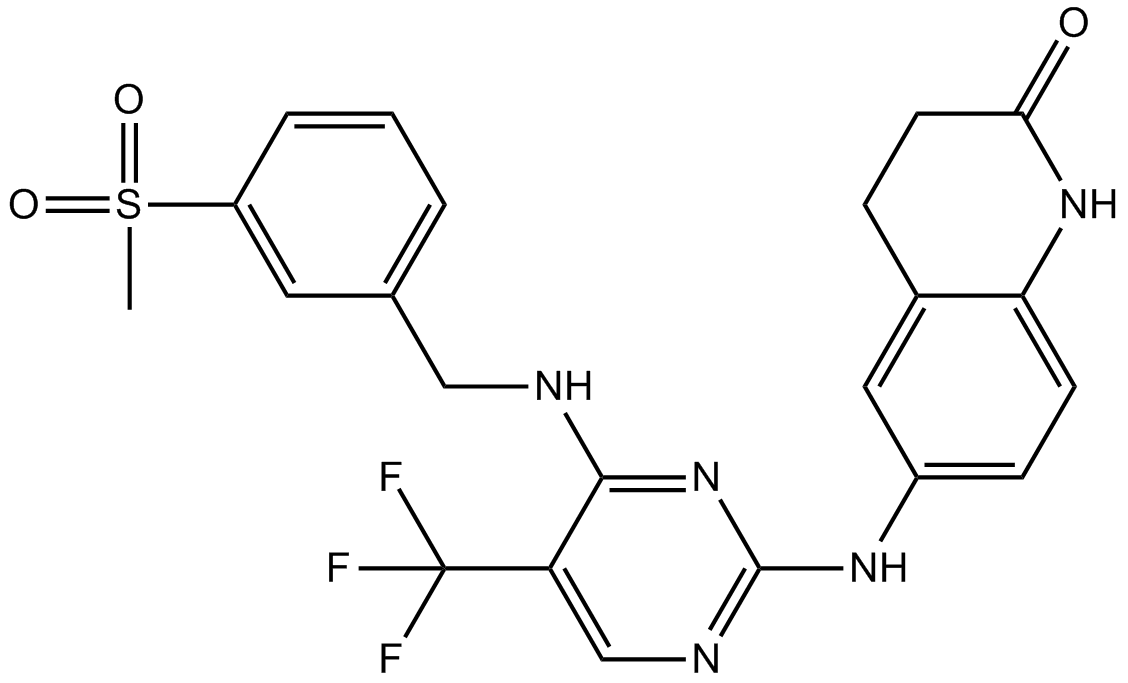 B1523 PF-5732281 CitationSummary: ATP-competitive FAK inhibitor
B1523 PF-5732281 CitationSummary: ATP-competitive FAK inhibitor -
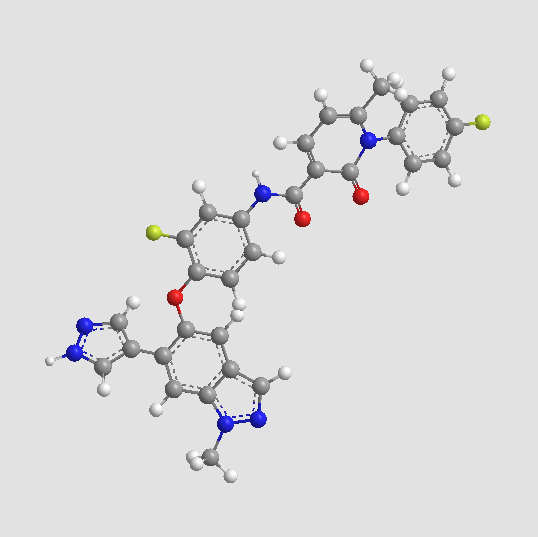 A3573 LY2801653Target: METSummary: MET inhibitor
A3573 LY2801653Target: METSummary: MET inhibitor -
 A3673 NVP-BGJ398 phosphateSummary: FGFR inhibitor
A3673 NVP-BGJ398 phosphateSummary: FGFR inhibitor -
 A3879 ToceranibSummary: c-Kit/VEGFR/PDGFR inhibtor
A3879 ToceranibSummary: c-Kit/VEGFR/PDGFR inhibtor -
 A2597 Brivanib (BMS-540215)Target: VEGFR|FGFR|Flk1Summary: VEGFR-2 inhibitor,ATP-competitive
A2597 Brivanib (BMS-540215)Target: VEGFR|FGFR|Flk1Summary: VEGFR-2 inhibitor,ATP-competitive -
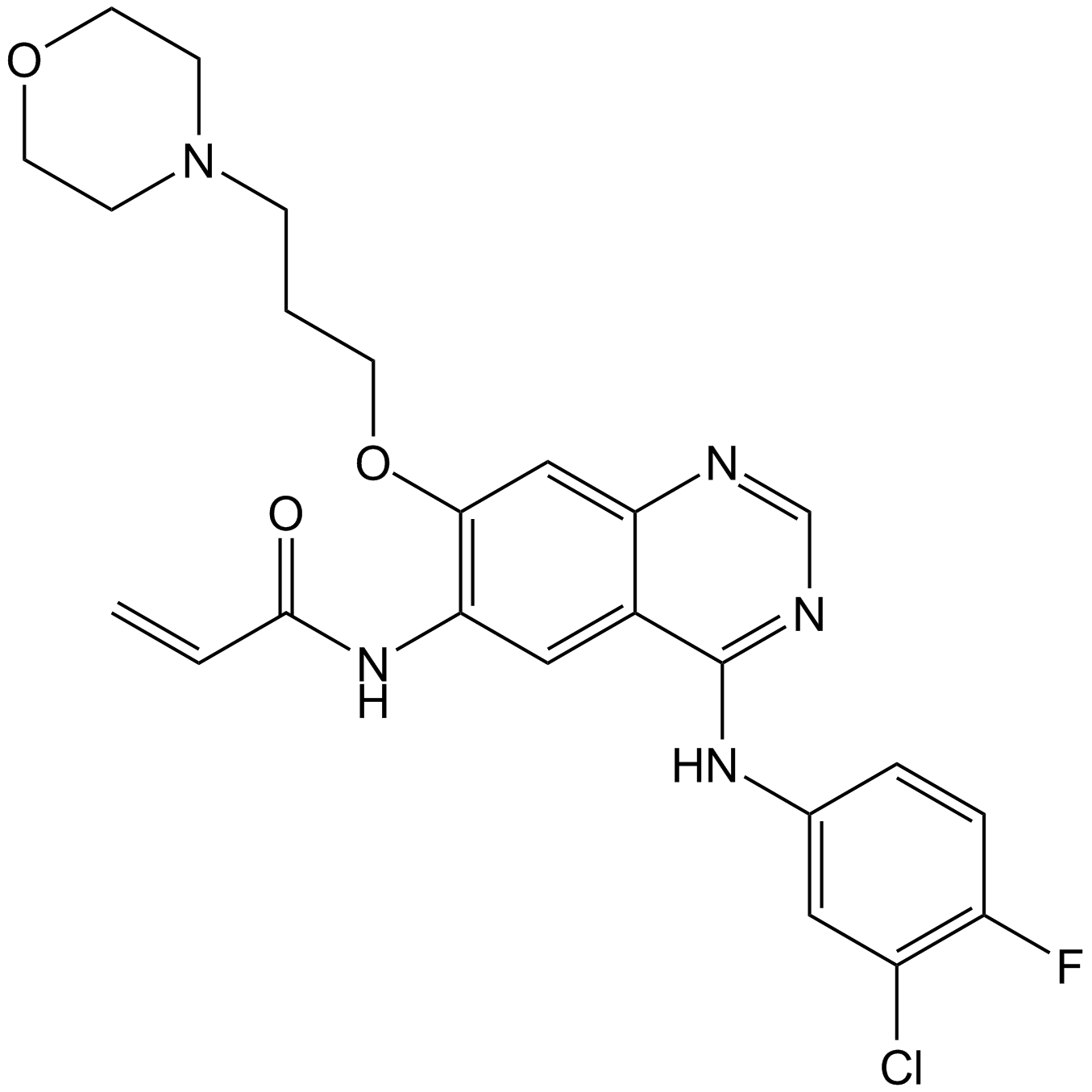 A1845 Canertinib (CI-1033)Summary: HER family tyrosine kinase inhibitor
A1845 Canertinib (CI-1033)Summary: HER family tyrosine kinase inhibitor -
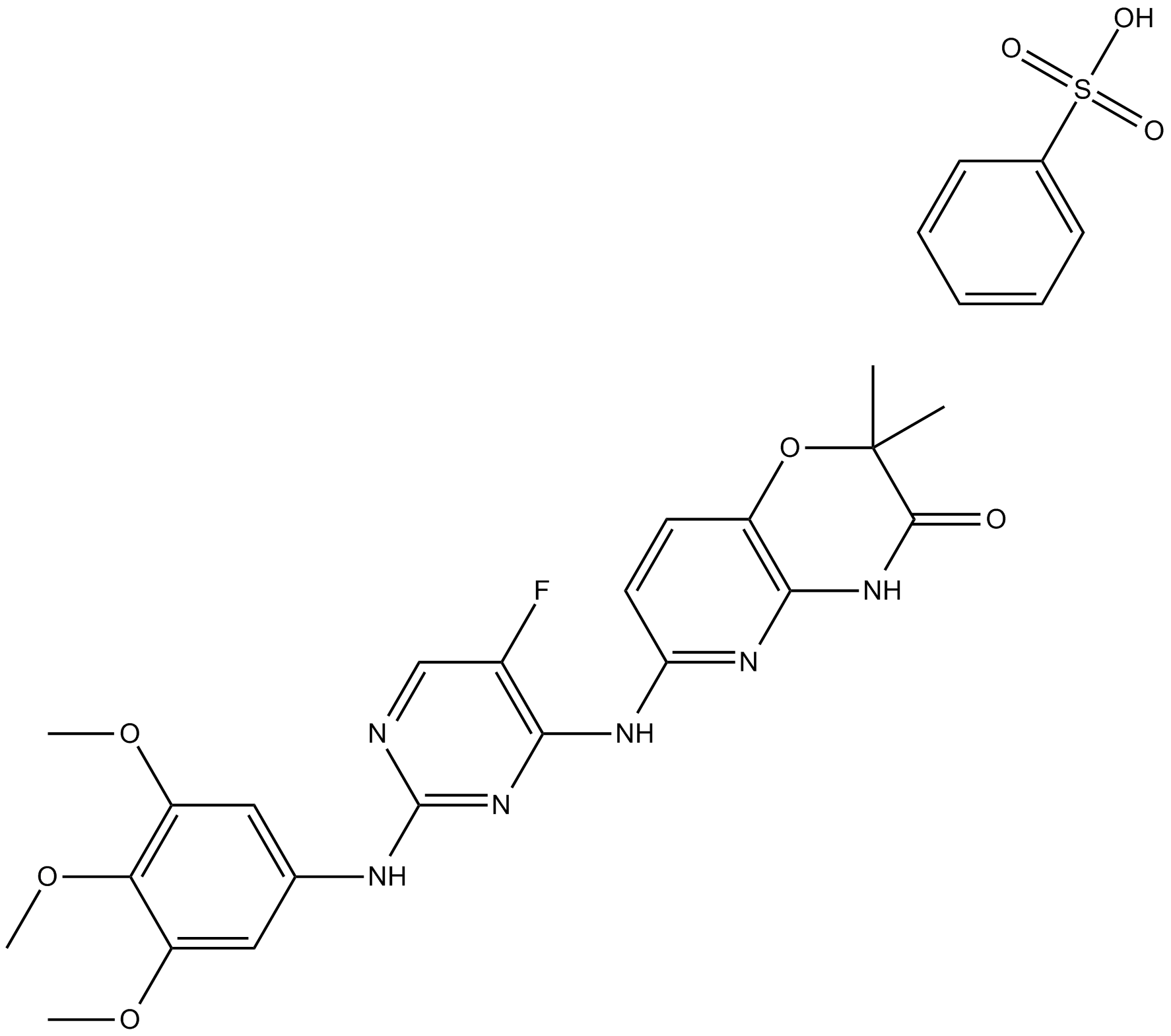 A8546 R4061 CitationTarget: SykSummary: SYK inhibitor,potent and ATP-competitive
A8546 R4061 CitationTarget: SykSummary: SYK inhibitor,potent and ATP-competitive -
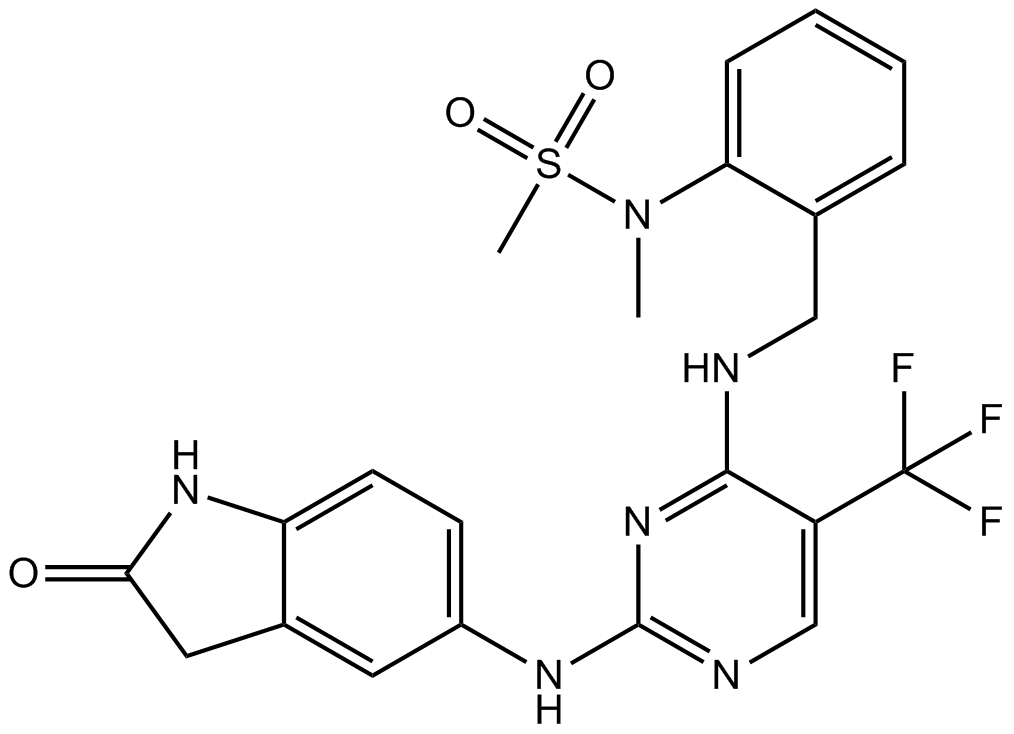 A8692 PF-431396Summary: Pyk2 and FAK inhibitor
A8692 PF-431396Summary: Pyk2 and FAK inhibitor -
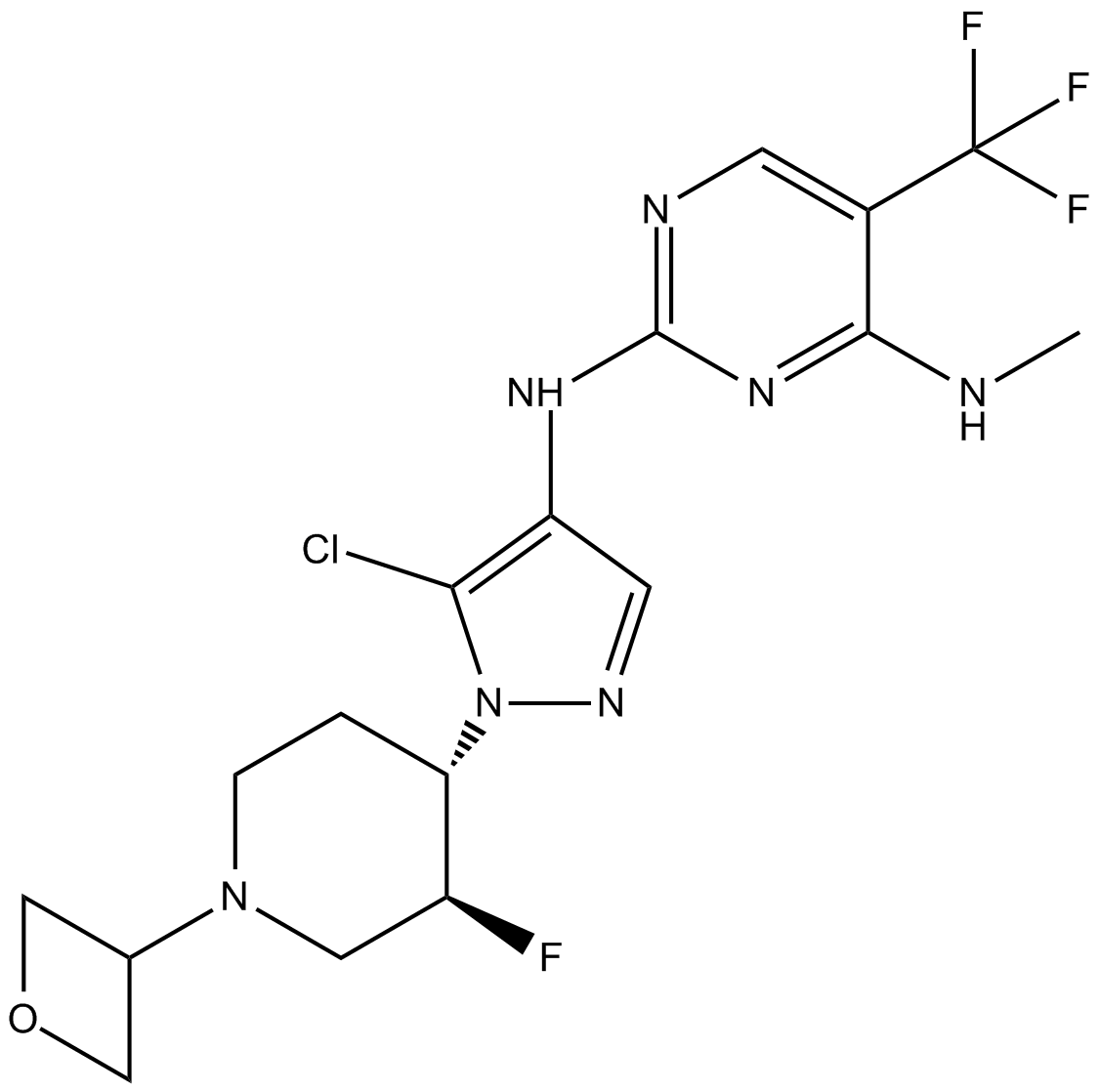 B4761 GNE-9605Summary: LRRK2 inhibitor, brain-penetrant, potent and selective
B4761 GNE-9605Summary: LRRK2 inhibitor, brain-penetrant, potent and selective -
 B5940 TP-0903Target: AXLSummary: AXL receptor tyrosine kinase inhibitor, anti-cancer agent
B5940 TP-0903Target: AXLSummary: AXL receptor tyrosine kinase inhibitor, anti-cancer agent

